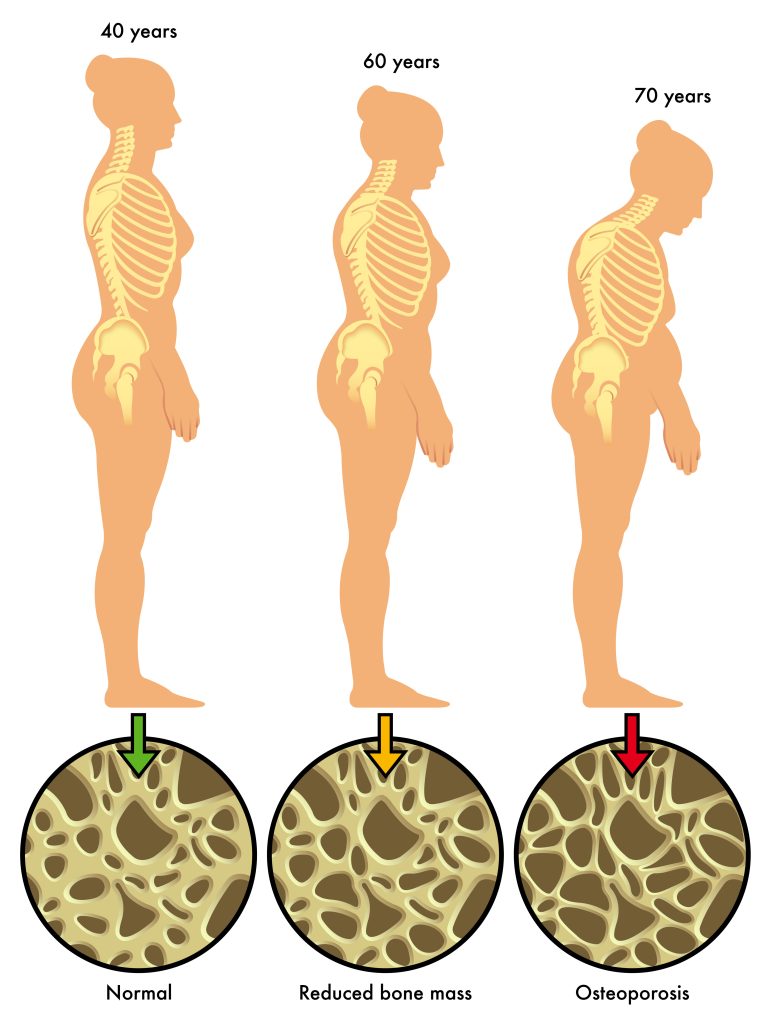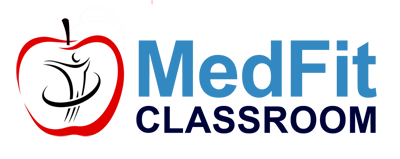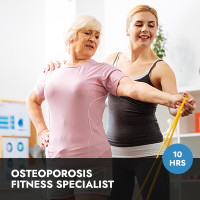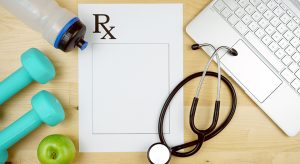When you think about staying healthy with age, bones may not be at the top of the list of concerns. Age-related bone loss is not generally as obvious as changes in other areas such as vision or muscle strength.

Over 50 million Americans already have low bone density, and many people don’t realize they have a problem until they actually break a bone. Half of women over 50 will have this happen at least once in their lifetime. And despite the common assumption that men don’t need to worry about osteoporosis, a quarter of men over age 50 will suffer an osteoporosis-related break in their lifetime as well.
Bone fractures after age 50 can be serious and disabling. A quarter of all hip fractures in people over 50 result in death within one year, so bone health should be a serious concern for the aging population.
Exercise, Nutrition and Bone Health
Eating a healthy and varied diet with adequate vitamin D3, calcium and magnesium for bone formation is essential.
Exercise is also a critical factor in bone health. Strength training to keep muscles strong can help limit falls, which in turn can help prevent resulting fractures.
Current exercise recommendations include at least 15-30 minutes daily of high impact, weight bearing exercises such as dancing, hiking, jogging/running, jumping rope, stair climbing or tennis. Low-impact weight-bearing exercises can also help keep muscles strong and are a good alternative if they can’t do high-impact.
Education You Need to Prevent Clients’ Bone Loss!
You can help your clients keep their bones healthy, avoid osteoporosis and minimize bone loss. MedFit’s Osteoporosis Fitness specialization will equip with the knowledge and skills to safely and effectively help clients’ bone health.
Bone health has four aspects, and after completing this course, you can help your clients achieve these goals:
- When they are young, gain as much bone density as possible.
- Keep what bone density they have in the plateau stage.
- If they are losing bone (osteopenia), minimize the loss.
- If they are in an osteoporotic state, try to gain some bone mass, and avoid a fracture at all costs.
The 10-hour online course dives into bone anatomy and physiology, the role of nutrition in bone health, and how exercise can change bone health. You’ll also learn assessments and programming for your clients.




